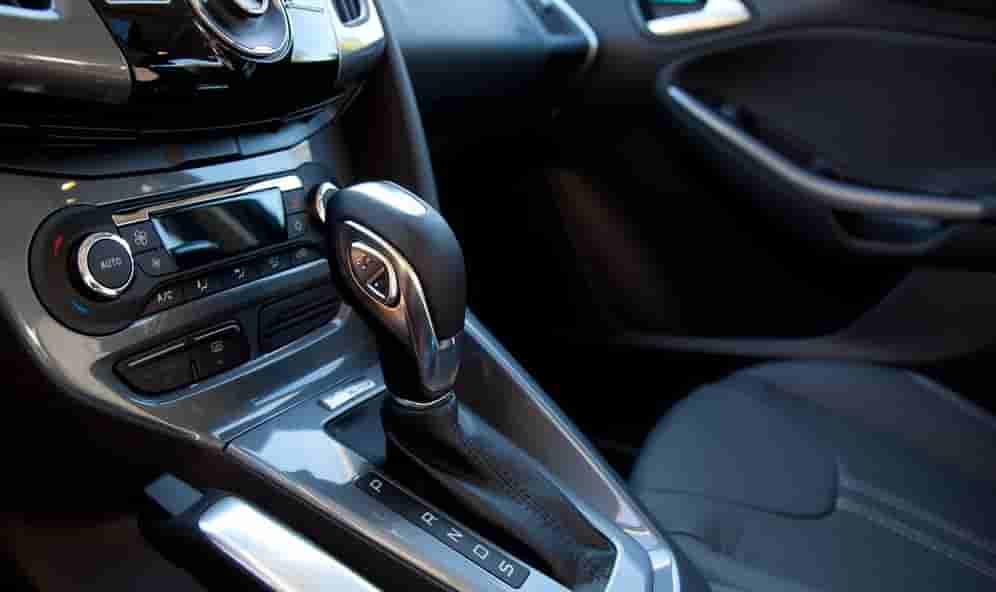Why Does Europe Prefer Manual Cars Over Automatic Ones?
According to a study by Edmunds, more than 80% of cars sold in Europe have a manual transmission, as compared to just 3% in the U.S. Read on to find out what’s behind this staggering difference between manual cars & automatic cars.

1. Superior Fuel Economy:
This is the vital difference between manual cars & automatic cars that Europeans can’t ignore. Petrol is much more expensive in Europe as compared to the United States. A liter of fuel can cost anywhere between €1.20- €1.80 depending on where you live on the continent. Whereas in the USA, the price of gasoline per gallon (3.78 liters) averages out at just €2.26 only. Automatic cars are bulkier to drive and less fuel-efficient, especially on slopes and narrow roads, which Europe is full of. However, exhaustive efforts are being made to make the automatic as fuel-efficient as the manual one.
2. Automatics Cost More:
Europe intensely encourages the use of its exceptional public transport and strongly dissuades inhabitants from owning multiple cars. Environmental norms and regulations are stricter in Europe than in almost any other part of the world. Automobile owners have to pay heavy taxes and duties to own any type of personal vehicle there. On top of that, a less fuel-efficient automatic car costs at least a thousand euros more than a geared one. Additionally, the cost of general maintenance, part replacement, and servicing of an automatic is much higher than its counterpart.
The case in the United States is different. The country promotes privately-owned vehicles by not levying taxes and duties on their purchase. Since the Americans prefer the ease of driving an automatic more, their demand remains high. This makes automatic cars cheaper compared to geared models.
Also Read: European Space Agency Now Offers Satellite-Driven Car Parking Services
3. The European Topography:
European topography is dynamic; countryside roads are hilly and narrow with bumpy terrains, and the city roads are crowded and curvy. In landscapes like these, a car has to be very responsive as higher maneuverability is essential. In such cases, geared vehicles provide a more comfortable driving experience.
4. The License Perspective:
In Europe, if you go for a driving test on an automatic car, you will receive a license to only drive automatic cars. However, if you give your test on a geared vehicle, you get a complete license valid for both types of cars. Most people choose the latter and, therefore, learn how to drive a stick shift before an automatic.
All car rental services such as Avis, Hertz, Europcar, Sixt, etc. predominantly provide cars with manual transmissions. One has to carefully scroll through their list of rental vehicles to rent an automatic. Also, automatic car rental is double that of manual in Europe.
5. Engaging Driving Experience:
Many Europeans argue that driving a geared vehicle is less boring than driving an automatic. The acceleration of a manual car is far better than an automatic one. Most automotive enthusiasts prefer owning and driving a stick shift as it gives them the rev and speeds they pine for.
Due to the lower demand for automatic cars, several popular models in Europe do not sell an automatic variant.
Cars with manual transmissions have been a part of the culture of Europe since time immemorial. It is not hard to justify the reasons for this. Lately, however, there has been a major increase in the general number of people wanting to buy automatic cars due to driving convenience. New generation automatic cars these days are much more efficient and responsive than their predecessors. But, quality stick shifts still lead the way in Europe.
